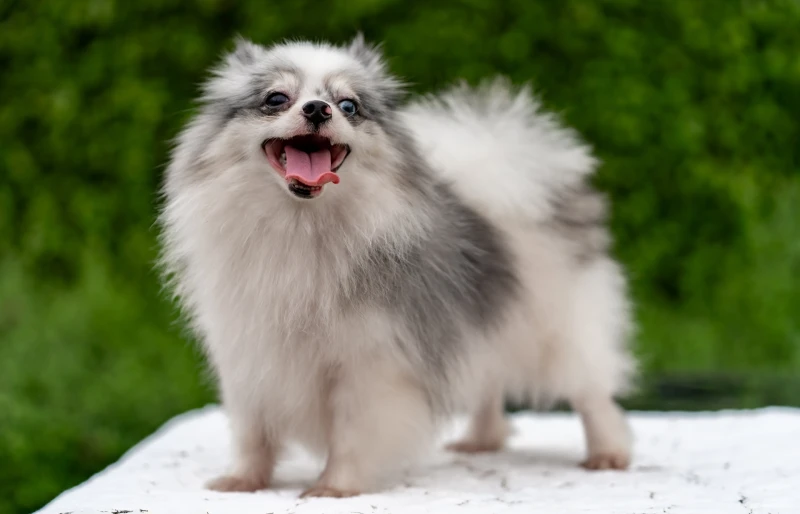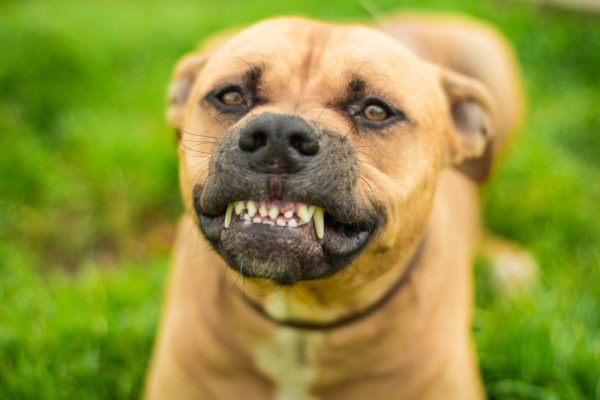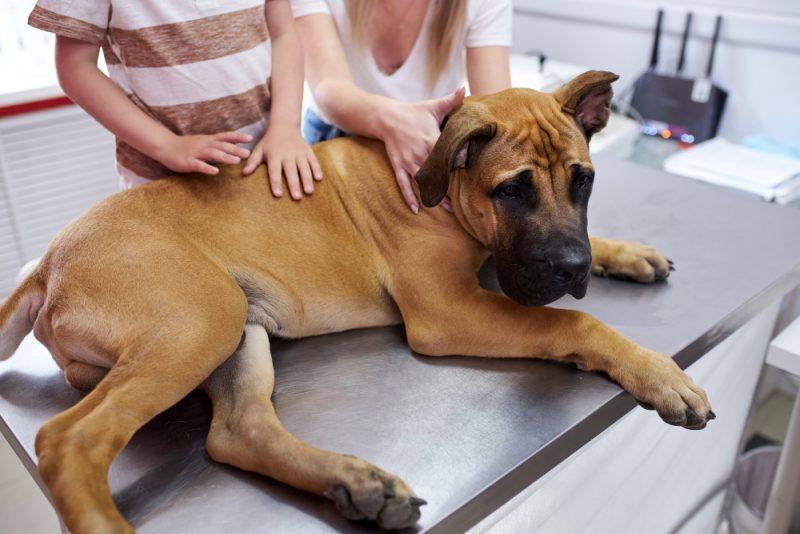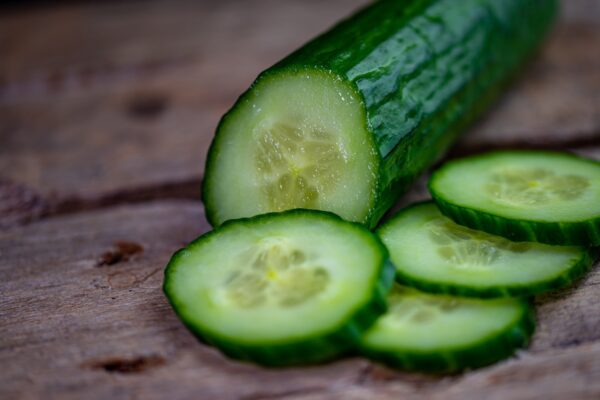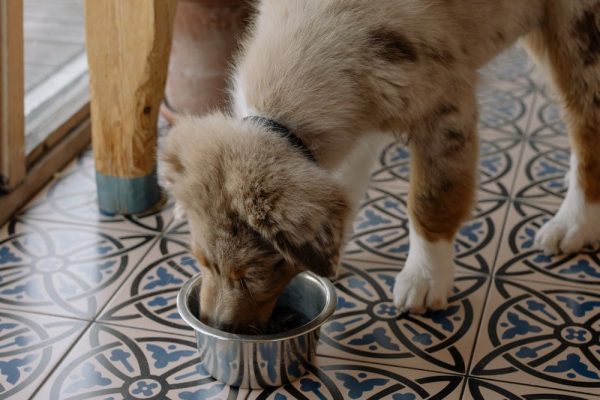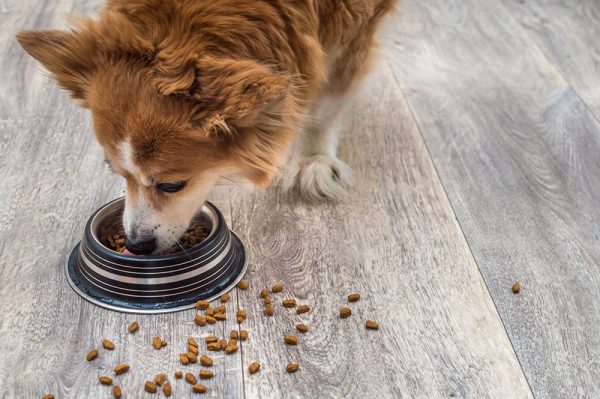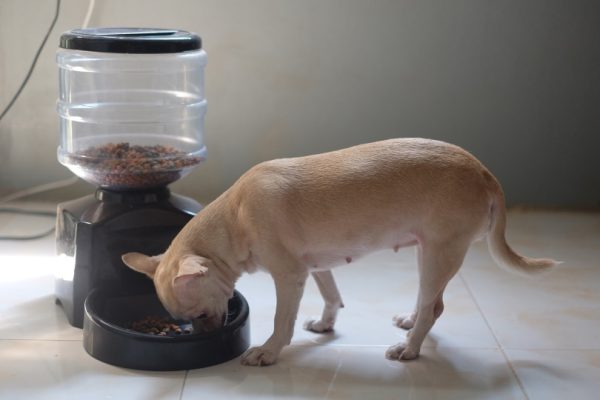The Parti Pomeranian is a wonderful dog that makes a great pet for a large or small family. Their size is perfect for apartments, and they are intelligent enough to learn many tricks. A popular variation is the Parti Pomeranian, which has at least 50% white fur and patches of one or more colors. If you want to get one of these dogs, keep reading as we discuss their history and how they gained popularity.
Breed Overview
Height:
6–7 inches
Weight:
3–7 pounds
Lifespan:
12–16 years
Colors:
Black, brown, orange, tan
Suitable for:
All families, small apartments
Temperament:
Playful, intelligent, affectionate
Parti Pomeranians are available in a range of coat variations, so you can easily find your favorite. The size, shape, and distribution of their patches can all differ, making each Parti Pomeranian truly one of a kind. Their patterns can range from symmetrical patches to irregular spots, creating a unique and artistic appearance. Some dogs may have predominantly white coats with scattered colored patches, while others have a more evenly distributed blend of colors.

Parti Pomeranian Breed Characteristics
The Earliest Records of the Parti Pomeranian in History
The Pomeranian has a rich history that dates back several centuries. The breed originated in the Pomerania region, encompassing parts of present-day Germany and Poland. Parti-colored Pomeranians are depicted in historical artwork and literature, showcasing their unique coat patterns. The presence of Parti Pomeranians in historical records indicates that these distinct color variations have existed within the breed for a long time. However, records on Parti Pomeranians are limited, as historical documentation primarily focused on the overall breed rather than individual color patterns.
How the Parti Pomeranian Gained Popularity
Parti Pomeranians gained popularity for various reasons. The patches of different colors create a visually appealing mosaic effect, and these dogs are slightly rarer than their solid-colored counterparts, so they are ideal for someone looking for something different. They are also becoming more popular due to social media, which is highlighting their attractive appearance.
Formal Recognition of the Parti Pomeranian
The Black Pomeranian was the first to get recognized in 1900 by the American Kennel Club, and the American Pomeranian Club began in 1909 and became the breed’s parent club. The Parti Pomeranian is not considered a separate breed, though it is considered one of the standard colors.
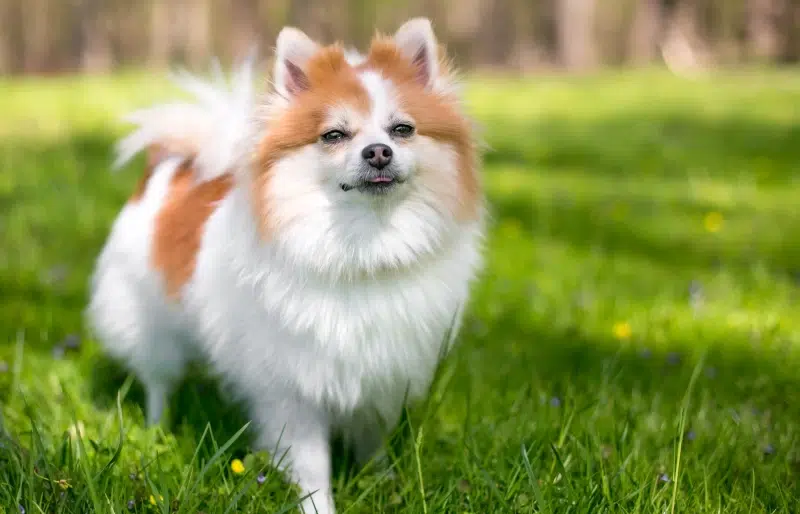

Top 6 Unique Facts About the Parti Pomeranian
1. A Pomeranian inherits a particolored coat through a recessive gene. Both parents must carry the gene to produce Parti Pomeranian puppies, which adds to their rarity.
2. Many historical artworks and literature depict Pomeranians with parti-colored coats, suggesting that these variations have existed for centuries.
3. The patches or spots on your Pomeranian may shift or become more pronounced as they get older, resulting in a unique adult coat that can differ from their appearance as a puppy.
4. While the coat color and pattern of a Parti Pomeranian may make them visually unique, their personality traits and temperament are generally consistent with the broader Pomeranian breed.
5. The Parti Pomeranian is sought after for designer mixes, such as the Parti Pomsky (Pomeranian and Siberian Husky mix) or the Parti Pomapoo (Pomeranian and Poodle mix), as they can result in unique coat patterns and traits.
6. Parti Pomeranians with striking coat patterns often draw attention in dog shows.

Does the Parti Pomeranian Make a Good Pet?
Yes, the Parti Pomeranian makes a wonderful pet. Their compact size makes them well-suited for apartment living or for owners who prefer small breeds, and they have a lively and affectionate personality. They are also intelligent and quite trainable. However, they can suffer from separation anxiety and are occasionally independent and stubborn.

Final Thoughts
Parti Pomeranians provide owners with the great benefit of owning a standard Pomeranian and an interesting and somewhat rare coat pattern. The coat can come in various colors, including black, brown, orange, and tan. No kennel club recognizes the Parti color as a standalone breed, but these dogs are popular because many owners like how white fur breaks up the solid color. They are well suited to small apartments, and many owners describe them as friendly and affectionate.
Featured Image Credit: TOP SPEEDY, Shutterstock
